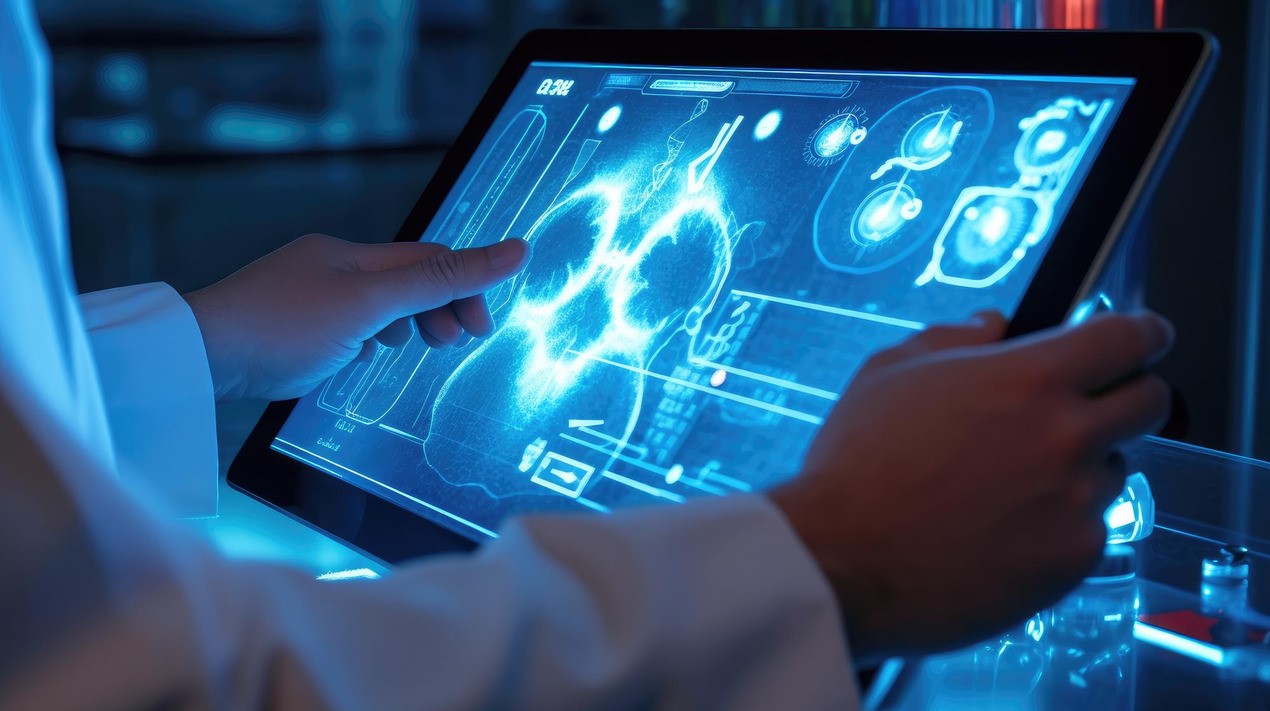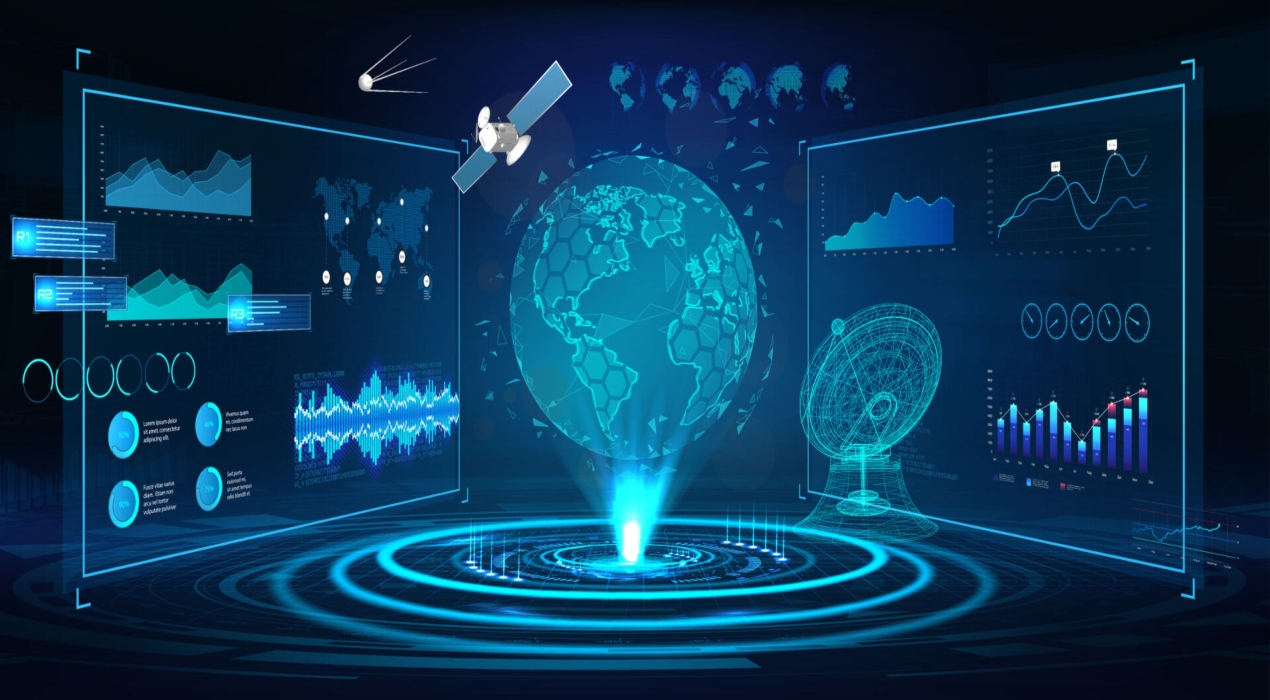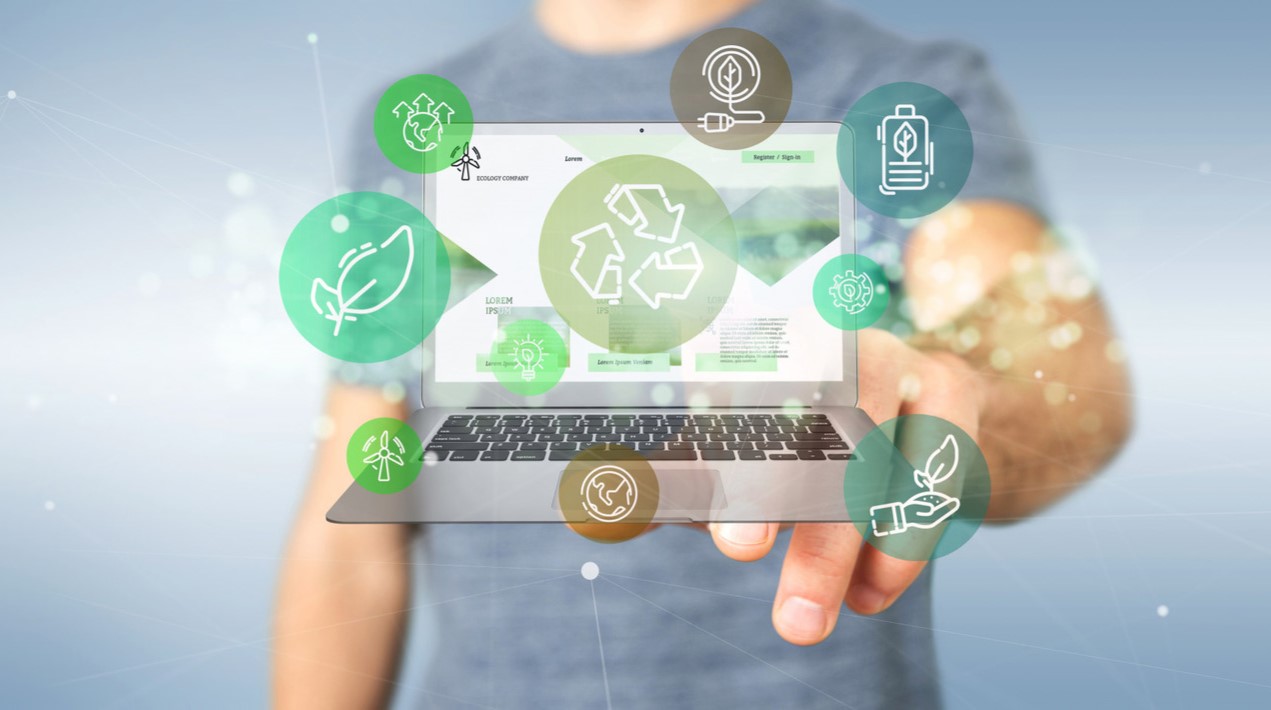
Australian researchers have developed a technology that allows autonomous vehicles to track moving pedestrians hidden behind buildings and cyclists obscured by cars, trucks and buses. The autonomous vehicle uses game-changing tools that allow it to ‘’see the world around it using x-ray style vision that penetrates through to pedestrian blind spots.
The technology has been developed as part of a project funded by the iMOVE Cooperative Research Centre in collaboration with the University of Sydney’s Australian Centre for Field Robotics and an Australian connected vehicle company. iMove has today released its new findings in a final report following three years of research and development.
The technology’s applications, which are being commercialised by the connected vehicle company, involve an emerging and promising technology for intelligent transportation systems (ITS) called cooperative or collective perception (CP). Using roadside ITS information-sharing units (‘ITS stations’), vehicles can share what they ‘see’ with others using vehicle-to-X (V2X) communication.
This system significantly increases the vehicles’ range of perception by allowing them to tap into various viewpoints. The engineers and scientists developing the technology said it could benefit all vehicles, not just those connected to such a system.
A professor at the Australian Centre for Field Robotics noted that this is a game-changer for both human-operated and autonomous vehicles which we hope will substantially improve the efficiency and safety of road transportation.
Using collective perception, the connected vehicle was able to track a pedestrian visually obstructed by a building. This was achieved seconds before its local perception sensors or the driver could possibly have seen the same pedestrian around the corner, providing extra time for the driver or the navigation stack to react to this safety hazard.
Another experiment demonstrated how collective perception could allow vehicles to safely interact with walking pedestrians, with the vehicle’s response based on the perception information provided by the roadside ITS station.
The three-year project also demonstrated the expected behaviour of a connected vehicle when interacting with a pedestrian rushing towards a designated crossing area. Using the ITS system, the connected autonomous vehicle managed to take pre-emptive action: braking and stopping before the pedestrian crossing area based on the predicted movement of the pedestrian. The pedestrian tracking, prediction, path planning and decision making were based on the perception information received from the ITS roadside stations. Collective perception enables smart vehicles to break the physical and practical limitations of onboard perception sensors and embrace improved perception quality and robustness.
The project’s lead researcher said the research confirmed using CP could improve awareness of vulnerable road users and safety in many traffic scenarios. He noted that the research has demonstrated that a connected vehicle can ‘see’ a pedestrian around corners. More importantly, we demonstrate how connected autonomous vehicles can safely interact with walking and running pedestrians, relying only on information from the ITS roadside station.
The Chief Technical Officer of the connected vehicle company stated that the new technology could be a game-changer for both human-operated and autonomous vehicles. The Managing Director of iMOVE noted that the project was a great example of industry collaborating with scientists to develop innovations for the commercial and public good, not only for the benefit of Australians but road users all over the world, including pedestrians and cyclists.
















